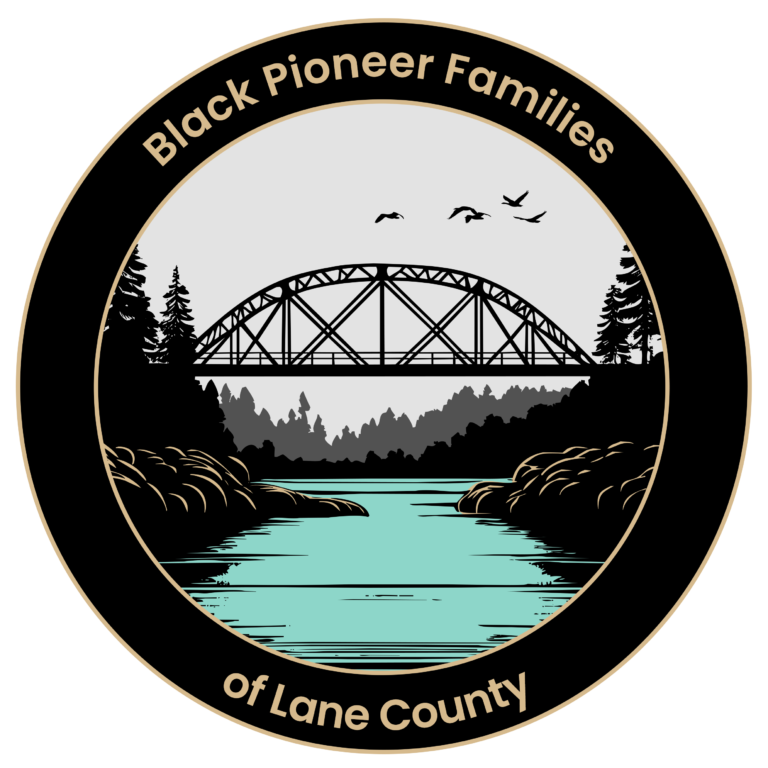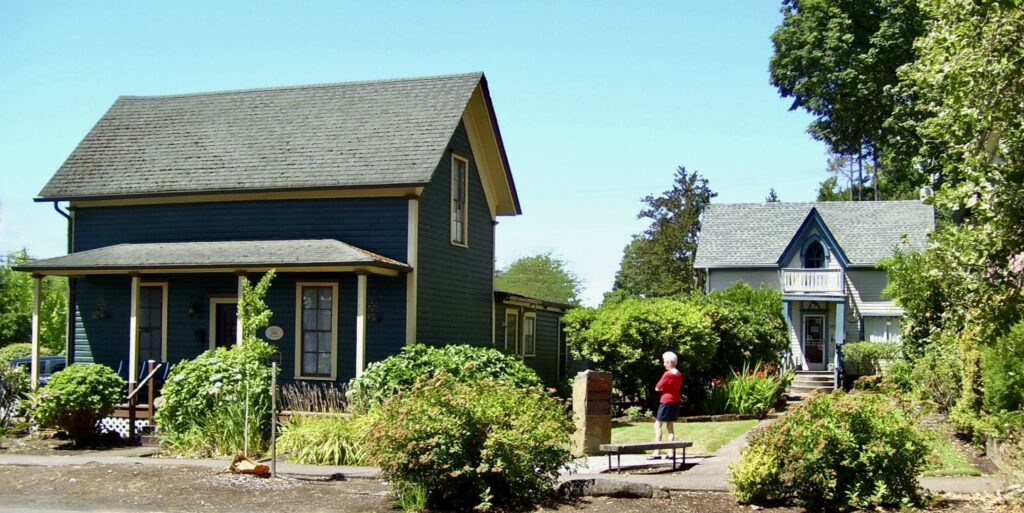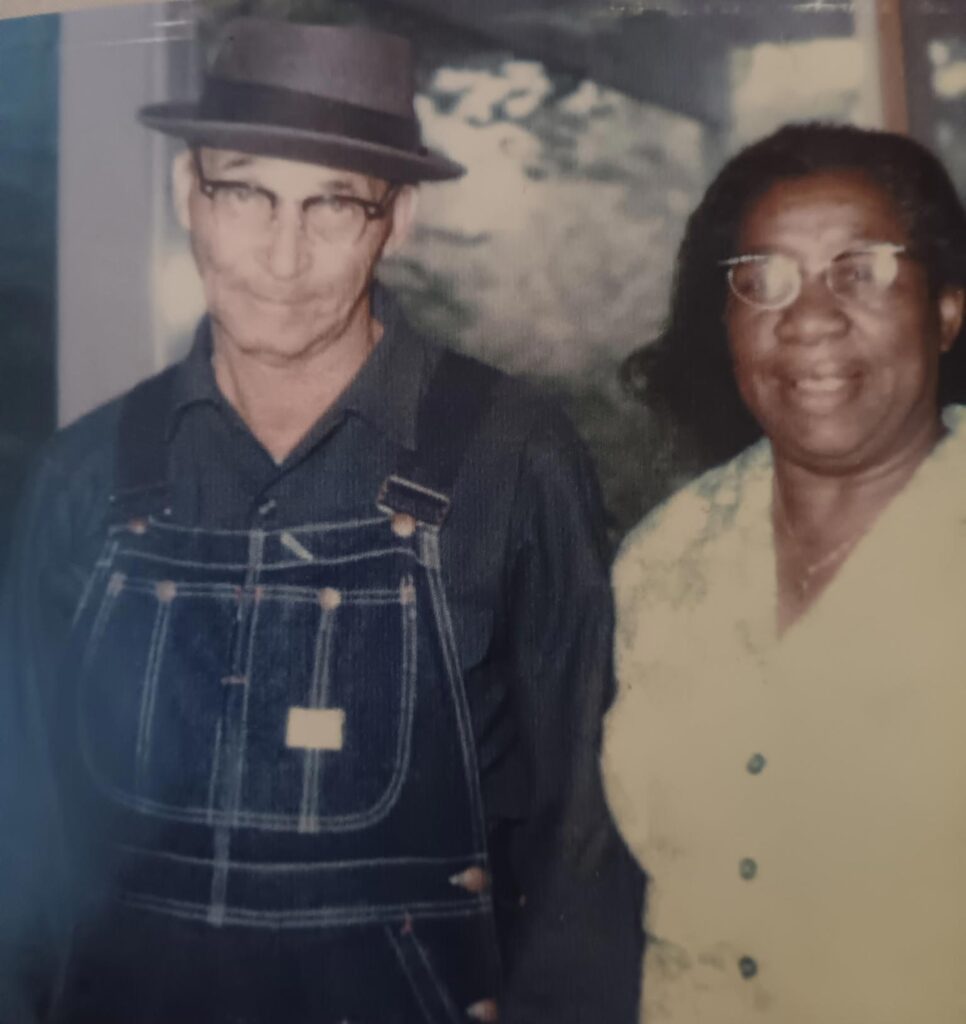In the 1940s, as World War II reshaped industries across the country, the promise of new opportunities led many families to leave their hometowns in search of work. Among them were Uncle Joe and Aunt Mamie Nettles, who left behind the small town of Hooks, Texas, for a future they hoped would be brighter.
Their first stop was Vancouver, Washington, where wartime shipyards were hiring thousands of workers to support the national effort. The shipyard jobs were tough and demanding, but they offered steady pay and a chance to contribute to something larger than themselves. For Joe and Mamie, it was a step forward—a chance to build a better life through hard work and determination.
But as the war began to wind down, they looked ahead once again. Word spread of new opportunities opening up along the rail lines in Oregon. With the future of the shipyards uncertain, they made the decision to move to Eugene, where the railroad promised more stable, long-term employment.
In Eugene, they settled just east of the old Ferry Street Bridge—an area that would one day become the site of Autzen Stadium. At the time, it was a quiet stretch of land near the Willamette River, surrounded by open space and the hum of a growing town. Joe found work with the railroad, and together, they began to establish roots.
Their journey—from Hooks to Vancouver to Eugene—was guided by a simple yet powerful goal: to find opportunity and build a better life. It wasn’t about chasing wealth or fame, but about moving forward, step by step, with purpose and resilience. They helped shape the communities they lived in through steady effort and quiet determination.
Today, when people pass by Autzen Stadium or cross the Ferry Street Bridge, few may realize the stories that unfolded in those same places decades ago. But for those who know, the path Uncle Joe and Aunt Mamie took stands as a reminder of how far vision, courage, and hard work can carry a family.


